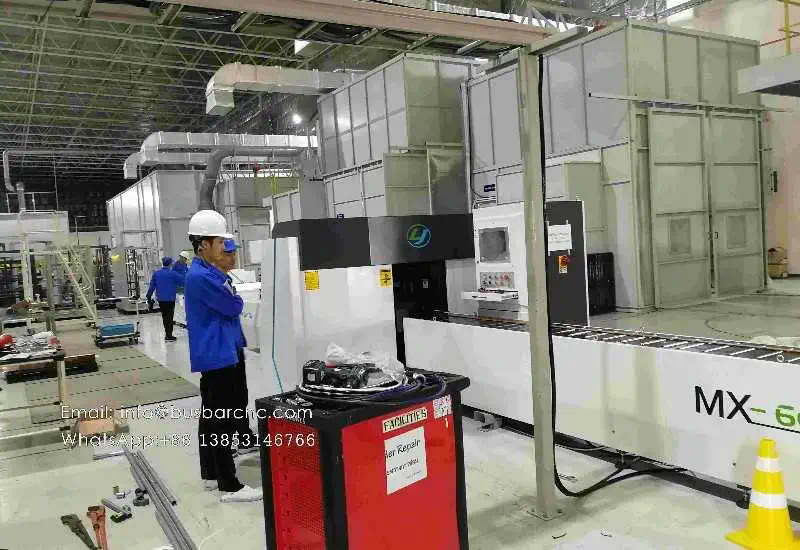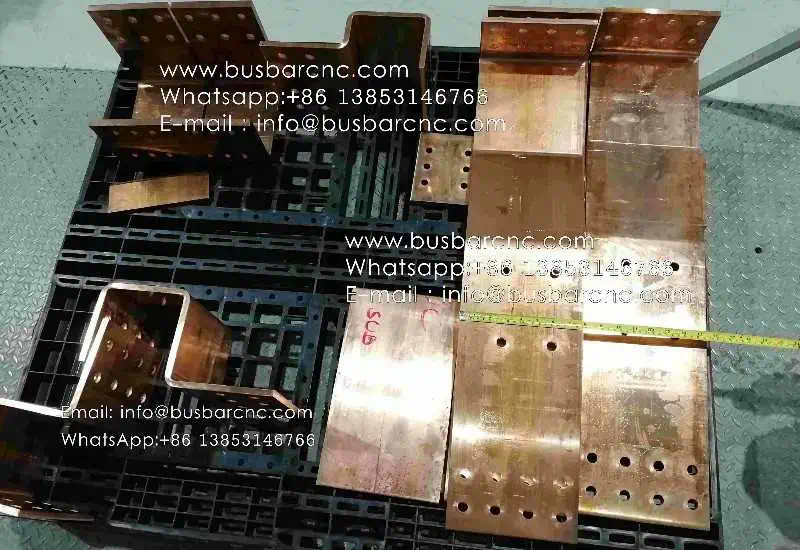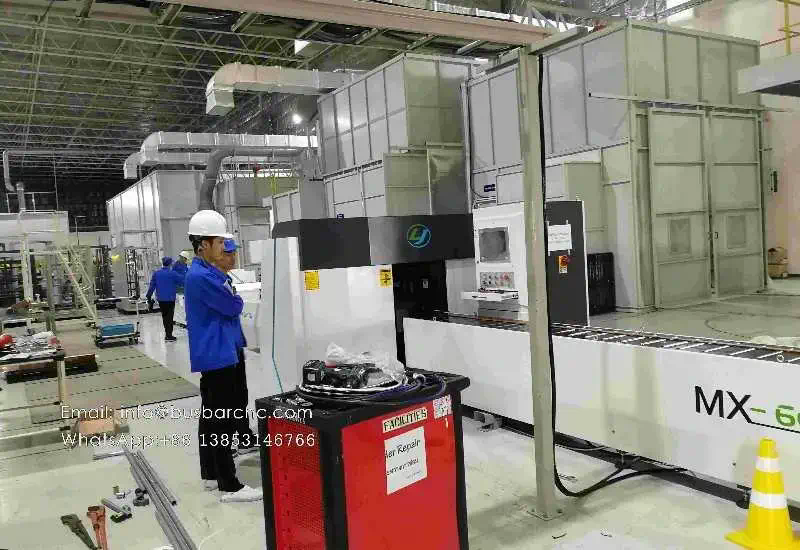Maintenance and care of CNC (Computer Numerical Control) equipment are crucial for ensuring the efficient and reliable operation of these precision machines. Proper maintenance practices can significantly extend the lifespan of CNC equipment, minimize downtime, and reduce repair costs. In this article, we will explore the best practices for the maintenance and care of CNC equipment to help operators and technicians maintain peak performance and productivity.
Regular Inspection and Cleaning
Regular inspection and cleaning are fundamental to the proper maintenance of CNC equipment. Dust, debris, and coolant residues can accumulate on the machine components, leading to increased wear and potential malfunctions. Therefore, it is essential to establish a routine inspection schedule to check for any build-up and cleanliness of critical machine parts.
Inspecting and cleaning the tool holders, spindle, way covers, and coolant system should be carried out at regular intervals to prevent contamination and ensure smooth machine operation. Additionally, the electrical components, such as the control panel, should be inspected for any signs of dust or dirt accumulation and cleaned with appropriate methods to avoid electrical issues.

Proper Lubrication
Lubrication is vital for maintaining the precision and longevity of CNC equipment. The moving parts of the machine, such as the ball screws, guideways, and bearings, require adequate lubrication to reduce friction and wear. It is important to follow the manufacturer’s recommendations regarding the type of lubricants to be used and the lubrication intervals.
Over-lubrication can be as detrimental as under-lubrication, leading to excess build-up and potential damage to the machine components. Thus, it is crucial to adhere to the specified lubrication schedules and use the recommended lubricants to ensure optimal performance and protection of the CNC equipment.
Alignment and Calibration
Proper alignment and calibration are essential for the accuracy and precision of CNC equipment. Misaligned components can result in decreased machining quality and premature wear of critical parts. Regular checks and adjustments of the machine’s alignment, including the axis, spindle, and tool holder, are necessary to maintain the desired accuracy and repeatability.
Furthermore, calibration of the machine parameters, such as spindle speed, tool offsets, and axis positioning, should be performed according to the manufacturer’s guidelines. Any deviation from the specified calibration values can lead to machining errors and compromise the quality of the finished parts.
Preventive Maintenance Programs
Implementing a comprehensive preventive maintenance program is crucial for the long-term reliability of CNC equipment. A well-structured maintenance plan should include regular inspections, lubrication schedules, alignment checks, and component replacements based on usage and wear.
Additionally, keeping detailed maintenance records and logging machine performance indicators can aid in identifying potential issues before they escalate into costly breakdowns. By proactively addressing maintenance needs, operators and technicians can minimize unplanned downtime and maximize the productivity of CNC equipment.
Training and Skill Development
Providing adequate training and skill development opportunities for machine operators and maintenance technicians is paramount for effective CNC equipment maintenance. Operators should be well-versed in the daily care and inspection routines, while maintenance personnel should receive specialized training in troubleshooting, diagnostics, and repairs.
Moreover, staying updated with the latest technological advancements and best practices in CNC equipment maintenance is essential for enhancing the overall operational efficiency and minimizing downtime. Continuous education and skill development contribute to a proactive approach to maintenance and care, leading to improved machine performance and longevity.
Environmental Considerations
The operating environment plays a significant role in the maintenance and care of CNC equipment. Exposure to extreme temperatures, humidity, and airborne contaminants can impact the performance and lifespan of the machine components. Therefore, it is essential to maintain a controlled environment conducive to the optimal operation of CNC equipment.
Proper ventilation, temperature control, and filtration systems can help mitigate the impact of environmental factors on the machine’s performance. Additionally, regular checks of the coolant quality and proper disposal of waste materials contribute to a healthier operating environment and extended equipment lifespan.
Conclusion
In conclusion, implementing best practices for the maintenance and care of CNC equipment is essential for maximizing productivity, ensuring precision machining, and prolonging the lifespan of the machines. Regular inspection and cleaning, proper lubrication, alignment and calibration, preventive maintenance programs, training and skill development, and environmental considerations are integral components of an effective maintenance strategy.
By adhering to these best practices, operators and technicians can uphold the performance and reliability of CNC equipment, ultimately contributing to the overall success of manufacturing operations. Embracing a proactive and systematic approach to maintenance and care will result in reduced downtime, minimized repair costs, and optimized efficiency of CNC equipment.

https://hmimicro.com/
